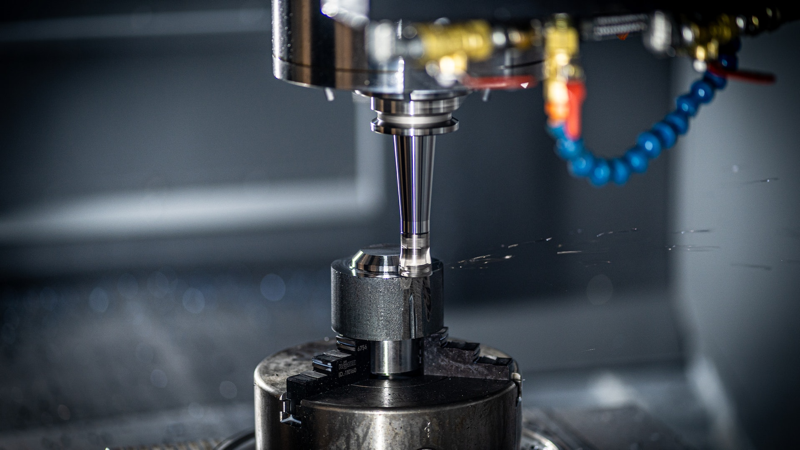
Assessment Parameters Used in Machining Processes
Machining processes are widely used in manufacturing industries to shape and form various materials. These processes involve removing material from a workpiece to create a desired shape or size. Machining processes can be divided into two categories: conventional machining and non-conventional machining. In conventional machining, tools such as drills, lathes, and milling machines are used to remove material, while in non-conventional machining, methods such as laser cutting, water jet cutting, and electrical discharge machining are used. In this article, we will discuss the assessment parameters used in machining processes, specifically in conventional machining.
Conventional machining is a process that involves removing material from a workpiece using cutting tools. The most common types of conventional machining are turning, milling, drilling, and grinding. During the machining process, various parameters are used to evaluate the performance of the process and ensure the quality of the final product.
1. Cutting speed: Cutting speed is the speed at which the cutting tool moves across the workpiece. It is typically measured in meters per minute (m/min) or feet per minute (ft/min). Cutting speed affects the tool life, surface finish, and the material removal rate. In general, a higher cutting speed results in a better surface finish but reduces tool life.
2. Feed rate: Feed rate is the rate at which the cutting tool advances into the workpiece. It is typically measured in millimeters per revolution (mm/rev) or inches per minute (in/min). Feed rate affects the material removal rate and the chip thickness. A higher feed rate results in a higher material removal rate but may cause excessive tool wear.
3. Depth of cut: Depth of cut is the amount of material that is removed by the cutting tool in a single pass. It is typically measured in millimeters (mm) or inches (in). Depth of cut affects the material removal rate, cutting forces, and the surface finish. A higher depth of cut results in a higher material removal rate but also increases cutting forces and may reduce surface finish.
4. Tool wear: Tool wear is the gradual deterioration of the cutting tool due to repeated use. It is typically measured by the flank wear land, which is the width of the worn area on the cutting tool. Tool wear affects the cutting forces, surface finish, and the material removal rate. As the tool wears, the cutting forces increase, the surface finish deteriorates, and the material removal rate decreases.
5. Surface roughness: Surface roughness is the measure of the irregularities on the surface of the workpiece. It is typically measured in micrometers (µm) or microinches (µin). Surface roughness affects the appearance, function, and wear resistance of the final product. A lower surface roughness results in a better appearance, better function, and higher wear resistance.
6. Cutting forces: Cutting forces are the forces that act on the cutting tool during the machining process. They are typically measured in Newtons (N) or pounds-force (lbf). Cutting forces affect the tool wear, surface finish, and the material removal rate. Higher cutting forces result in higher tool wear, poorer surface finish, and a lower material removal rate.
In conclusion, machining processes involve various parameters that affect the performance and quality of the final product. These parameters include cutting speed, feed rate, depth of cut, tool wear, surface roughness, and cutting forces. By controlling and optimizing these parameters, manufacturers can improve the efficiency of the machining process and produce high-quality products.
When creating a purchasing plan with
Keeping your supply chain strong and efficient is crucial. For detailed information, easy purchasing processes, and efficient software, you can



